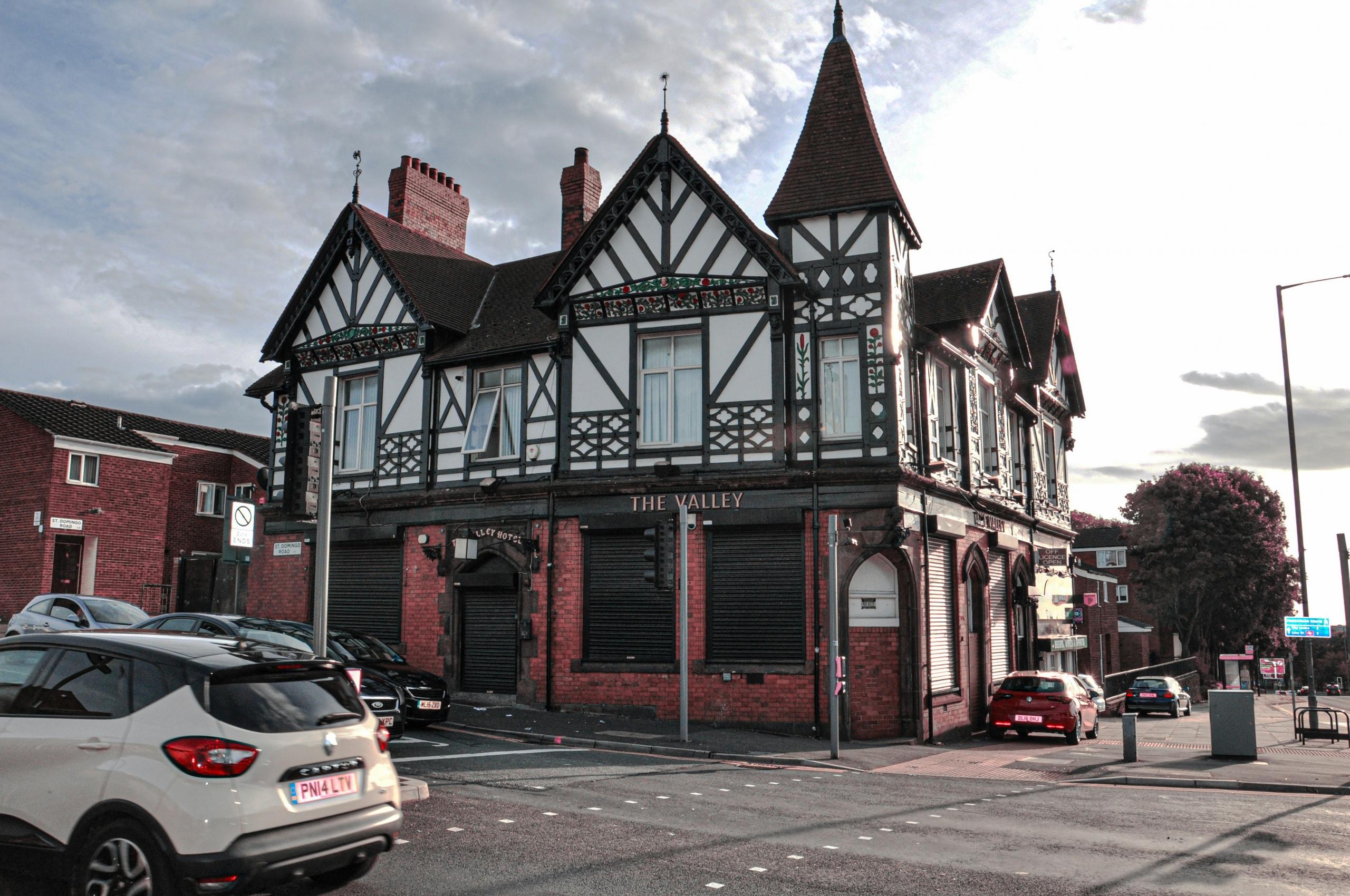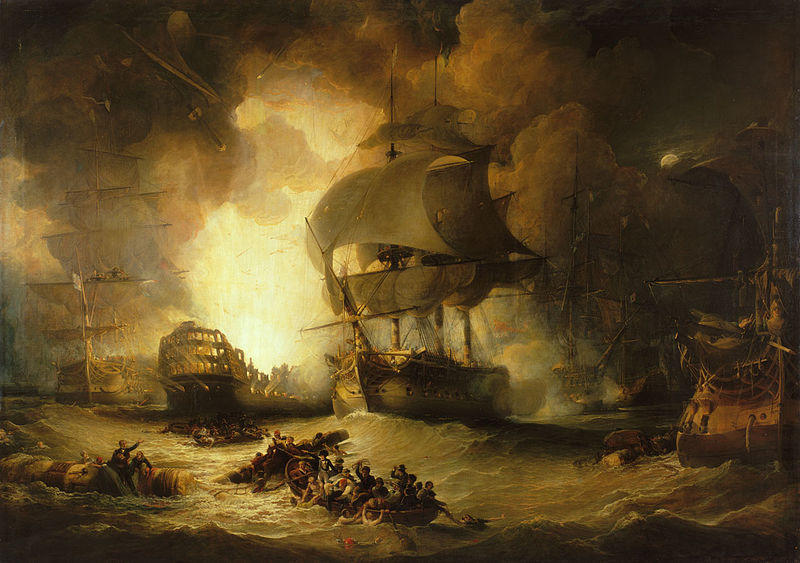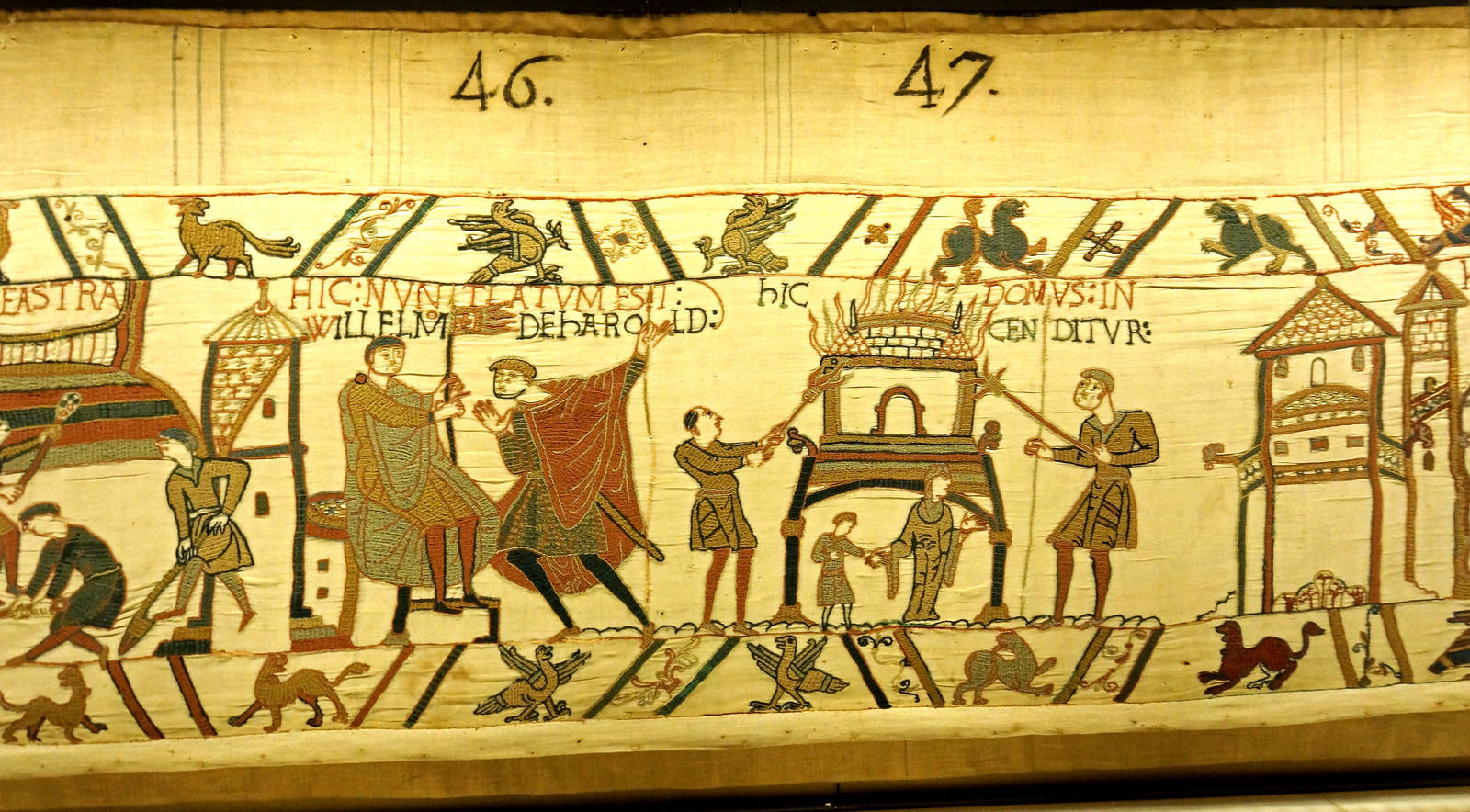When one thinks of ancient civilisations, Rome, Greece and Egypt generally spring to mind.
However, there are others: the Aztecs and Mayans, for instance, which were significant civilisations in their own right.
The Earth’s history goes back much further, with humanoids traipsing about the planet for almost 2 million years.
Homo sapiens, our branch of the hominid tree, has only been around for about 300 000 years, in which time we have learned, for instance, how to manufacture and use tools from our ancestors.
So, what has that got to do with anything?
Well, while it is true that there are other animals that make use of tools, only human beings create and make increasingly sophisticated tools, implying that humans have a much greater ability to visualise than other species.
As a consequence, if humans can visualise, then they can contemplate complex ideas – of power and leadership, as well as philosophical questions which have led to the establishments of religions.
For humankind to draw inwards and make use of their thinking abilities, they, firstly had to attend to some primary needs: sufficient food to eat, some sort of shelter and ensuring their safety from predators.
Mankind realised very early on that there was safety in numbers and, thus, clans started banding together to forage and hunt for food. It was only once they learned the skill of growing food that humans settled in one place.
Once settled, almost all cultures built some kind of fortress to live in, created a system of government and laws, assigned hierarchies – preacher, merchant, leader – and so on.
They created myths or legends to explain their origins and purpose and turned their eyes to the skies, in an effort to figure out the enigma of the stars. These societies then battled with anyone who encroached on the lifestyle they had created for themselves and, at the same time, sought to gain more resources for their tribe.
All tribes are definitely not created equal!
Or were they?
And what distinguishes a civilisation from a culture?
A civilisation is characterised by the following characteristics:
- Large settlements: established cities, with attendant infrastructure – water, roads and public buildings
- Noteworthy architecture: temples, churches and so forth
- Complex establishments: education, government, religion and peace-keeping
- Foreign trade can also be regarded as such an institution
- Specialised workers: merchants and tradesmen, teachers, farmers, etc
- Workers, such as these, provide social structure/ stratification, another indicator of civilisation
- Technology
- A written language
Now, let’s turn our attention to some ancient civilisations, assess their accomplishments and explore their legacy to ascertain if they really were civilisations or merely impressive, meaningful societies.
All right, let’s go digging!
Want to give private lessons?
Join the Superprof community and share your knowledge with inquiring and motivated students.
A Land of Firsts: Mesopotamia
Lying snugly between two great rivers, the Euphrates and the Tigris, this region forms part of what has been called the Fertile Crescent – both because of its rich soil and its abundant supply of water.
Most of the major settlements lay close to the east bank of the River Tigris. Because the expanse of land, between the Tigris and the Zagros Mountains, proved to be extremely favourable for farming, huge cities soon arose.
In subsequent years, when there were squabbles over crops, cattle and land, the different sides would enlist the help of representatives from a city which was not connected to the dispute. In this way alliances were struck up and these cities, subsequently, established relations which involved trade, diplomacy and cultural exchange.
As fate would have it, one tribe vanquished all-comers and established an empire in the region. Once they had established a central government, they went on to take over other lands. Over time, Mesopotamia was ruled by dynasties, kings and emperors. After the fall of the Akkadian Empire, Mesopotamia became home to two empires: the Babylonians to the south and the Assyrians to the north.
A major reason for the success of the Babylonian Empire was the brilliant method they devised to drain the mudflats and irrigate the very arid areas of land around them. In fact, it is now actually believed that a screw pump, previously attributed to Archimedes, was used to irrigate the Hanging Gardens of Babylon, one of the Wonders of the Ancient World.
The technological advancements of the Mesopotamians are truly remarkable.
They not only found a way to control water, but created musical instruments, ploughs to work their farmland and a counting system – sexagesimal, or base 60.
We still make use of this Sumerian numeral system to help us calculate hours, minutes and seconds.
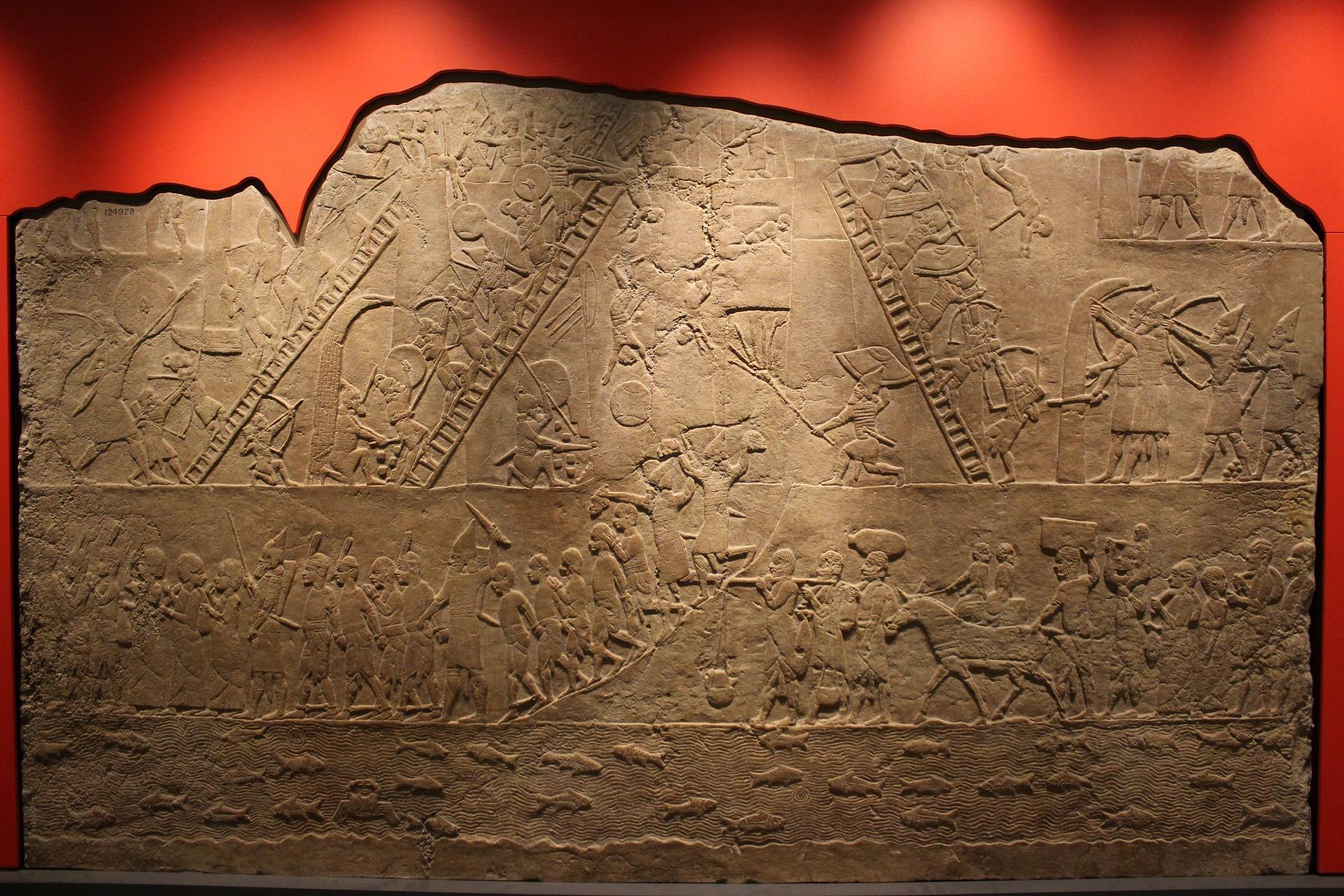
They also invented one of the earliest writing systems, cuneiform. It was by making use of this system of writing that King Ur-Nammu left the world his legacy: the oldest, most complete statutory (legal) code.
In truth, he, in all probability, did not actually write it. Scribes were assigned the responsibility of maintaining written records, which elevated them, in terms of social standing, to a position above those occupied by soldiers and merchants.
In Mesopotamia, “the land between rivers”, we have observed complex institutions, social stratification and large cities with noteworthy architecture – even right now, their ziggurats and temples still stand. We also found technology, written language and specialised workers.
Mesopotamia, thus, meets all the criteria to be regarded as one of the first human civilisations.
The Pursuit of Human Perfection: The Greek Empire
You would know, from your lessons in History, that the Ancient Greeks were quite a formidable bunch, letting nothing get in the way of not only survival, but of advancing the culture of the Greek Empire.
Traces of human presence, in the region of the world that we know as Greece, dates back to the Paleolithic Age – a period that ended 10 000 years ago.
The Cycladic Islands, in the Aegean Sea, were such a favoured stop-over, that during the 3rd millennium BC, their way of life thrived as a civilisation in its own right.
In the meantime, the Minoan Civilisation, on the island of Crete, was very busy trading with everyone in the Aegean, Ionian and Mediterranean Seas.
Along with trade relations came, what is known as, cultural exporting – locating a common language and currency to trade with, and later on, other elements such as foods, music and stories.
The Cycladic culture, did not so much diminish or decline; rather it was subsumed by the Minoan culture.
The Minoans, who possessed advanced technologies, like indoor plumbing and others, established religion within their culture and assimilated the positive elements of Cycladic culture and passed on many desirable attributes of their own civilisation to the island-dwellers
It isn’t clear why the Minoan civilisation declined: were they invaded and conquered or did the Santorini (also known as Thera) eruption wipe them out?
A lot of evidence points to the Minoans being wiped out by invasion, since there are signs of Minoan life that survived the volcanic eruption.
The first advanced civilisation was built by the Mycenaeans on mainland Greece: one of a number of things that they are known for, is the palace-centred system of governance, which is outlined, in detail, in their writings.
These writings, chronicle, among other aspects of their society, early induction in the Greek pantheon of gods.
The Greek Empire declined, revived and eventually fell when Greece was invaded by the Dorians, resulting in the Greek Dark Ages – a time when small farming communities were formed after people scattered across the land.
However, the indomitable might and spirit of the Greek would not be suppressed.
Banding together again, the Greek civilisation rose, once again, to reform their societies and cities, this time spreading their culture far and wide.
From Anatolia to the Mediterranean, Greek culture was recognised as the most advanced.
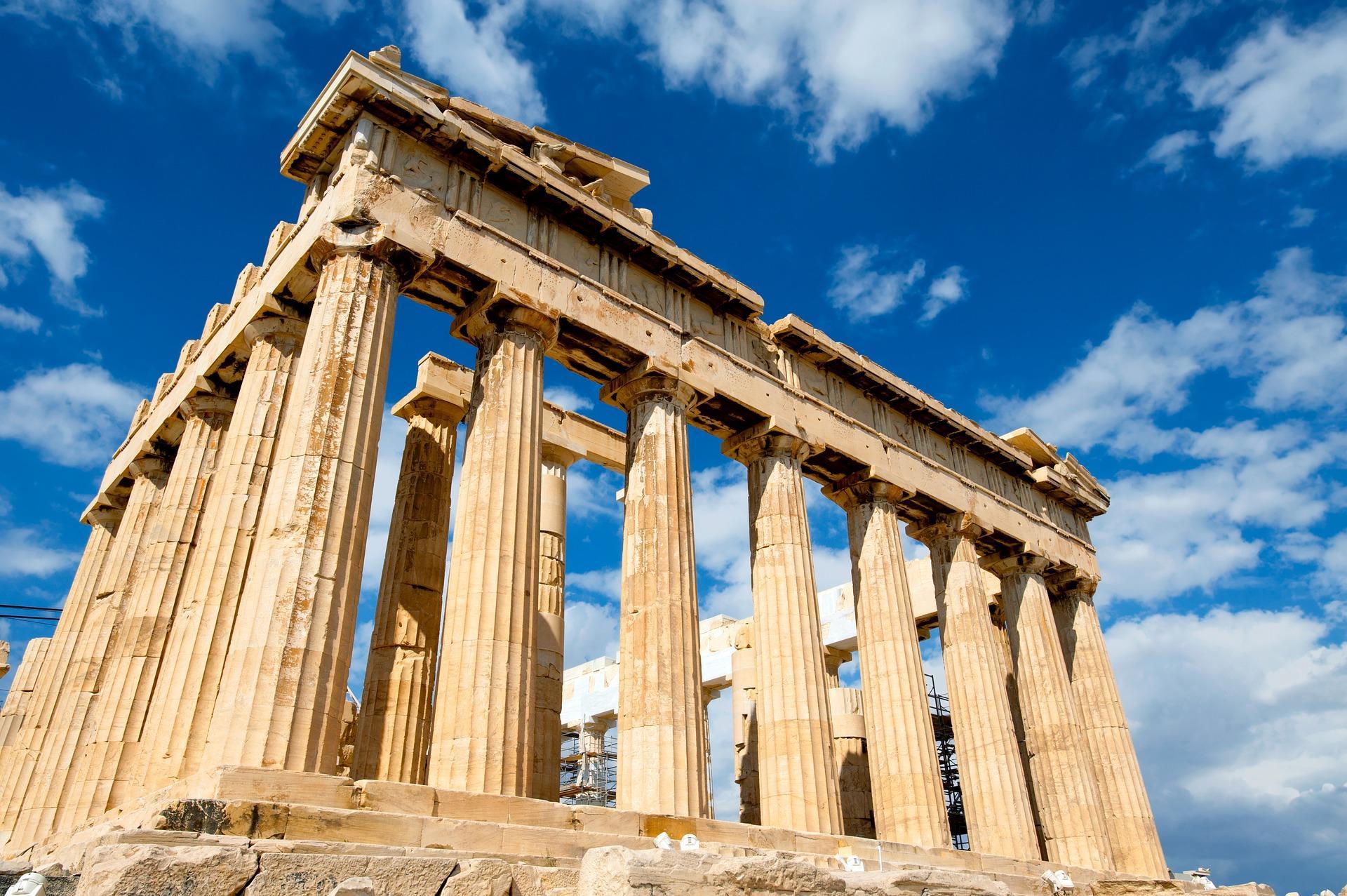
Masters of Politics: The Incas
In contrast to the Greeks and the Sumerians, the Incas did not develop a writing system, per se, but made use of quipu or khipu, a system of knots, tied in ropes (or strings), attached to a longer rope.
Scholars, today, believe that quipus served as devices for communication as well as record-keeping. The messages contained in quipus have, thus far, proven to be elusive and the deciphering thereof still continues today.
What we do know about life, during the time of the Inca civilisation, comes from Spanish records and depictions on Incan pottery.
Sadly, what may have been evidence of the magnificent art created by the Incas, using silver and gold, was melted by the Spanish and shipped off to Spain.
The Spaniards, upon their arrival in Inca lands, found everybody gainfully employed in a variety of tasks. There were no drunkards, idlers or beggars to be found.
The Incas had designed the system to keep everyone busy serving the empire in the way that their abilities and societal status allowed. Interestingly, they kept this system going through effective governance and by encouraging citizens to report idleness.
Very important to the Inca was family and, in particular, children – a detail that made their high infant mortality rate very hard to bear.
A child would be called ‘baby’ or ‘wawa’ for the first few years of its life, before being fully regarded as part of the family.
Once it they were convinced that the child would survive, the child would be formally welcomed into the family, in a ceremony called ‘rutuchikuv’.
The child’s gender would now be recognised and he or she would be given a name. An odd feature, of the ceremony, was that the child’s hair would be shared out amongst all family members, one lock per member.
The Inca were actually very advanced in terms of the practice of medicine – they were amongst the first people to perform brain surgery and to use anaesthetics. However, in spite of this knowledge, they could not curb their infant mortality nor protect their population against the diseases brought to their shores by the Spanish.
Sadly, all we have left of the Incan civilisation are remains of pottery and of the amazing structures which they’d built – aqueducts, roads and, of course, Machu Picchu.
Indeed, they had built an empire, which spanned a vast area of South America, and the only criterion that was missing, to qualify theirs as a civilisation, was a written language.
It is hoped, that as archaeologists and other experts probe their record-keeping devices (quipus), that we may find that they were far more sophisticated than anyone previously believed.
Want to give private lessons?
Join the Superprof community and share your knowledge with inquiring and motivated students.
A Visit to the Stone Age and Aboriginal Australia
It is not known how mankind reached Australia; one theory suggests that some kind of boat was used.
If that is ever proven to be true, that would make Australia’s ‘first people’ the first human sea-farers.
No matter how they arrived, there is evidence of human activity that has been dated to 65 000 years ago.
Prior to British occupation, the original inhabitants of this continent did not create any form of writing.
They did, however, make use of a message stick to communicate with other groups. They made use of a stick, about 30 centimetres long, onto which marks would have been cut or etched. This was then a crude form of writing, but not one that can be deemed a written language.
The indigenous people of Australia had, for millennia, lived in harmony with the land and, while they did not believe that they had stewardship of the land, they still felt that it was incumbent on them to care for the it and its inhabitants.
This is maybe why they never established cities; believing that by doing so, they would be scarring the land. This notion would then explain why they were so outraged at the British for building colonies.
For the above reasons - and the fact that there is no evidence of architecture or social ranking with specialised workers, for instance – early Australian societies are not regarded as a civilisation.
The early inhabitants were hunter-gatherers, which caused them never to remain in one place very long.
One of their most amazing accomplishments was their mastery of the use of fire.
They can be regarded as careful, meticulous fire farmers.
They would, on a regular basis, set fire to the undergrowth in their forest, thereby encouraging diversity in the plant growth, that they would, subsequently, forage. They also made use of fire to ward off dangerous animals (snakes and poisonous insects) and to drive game in a particular direction.
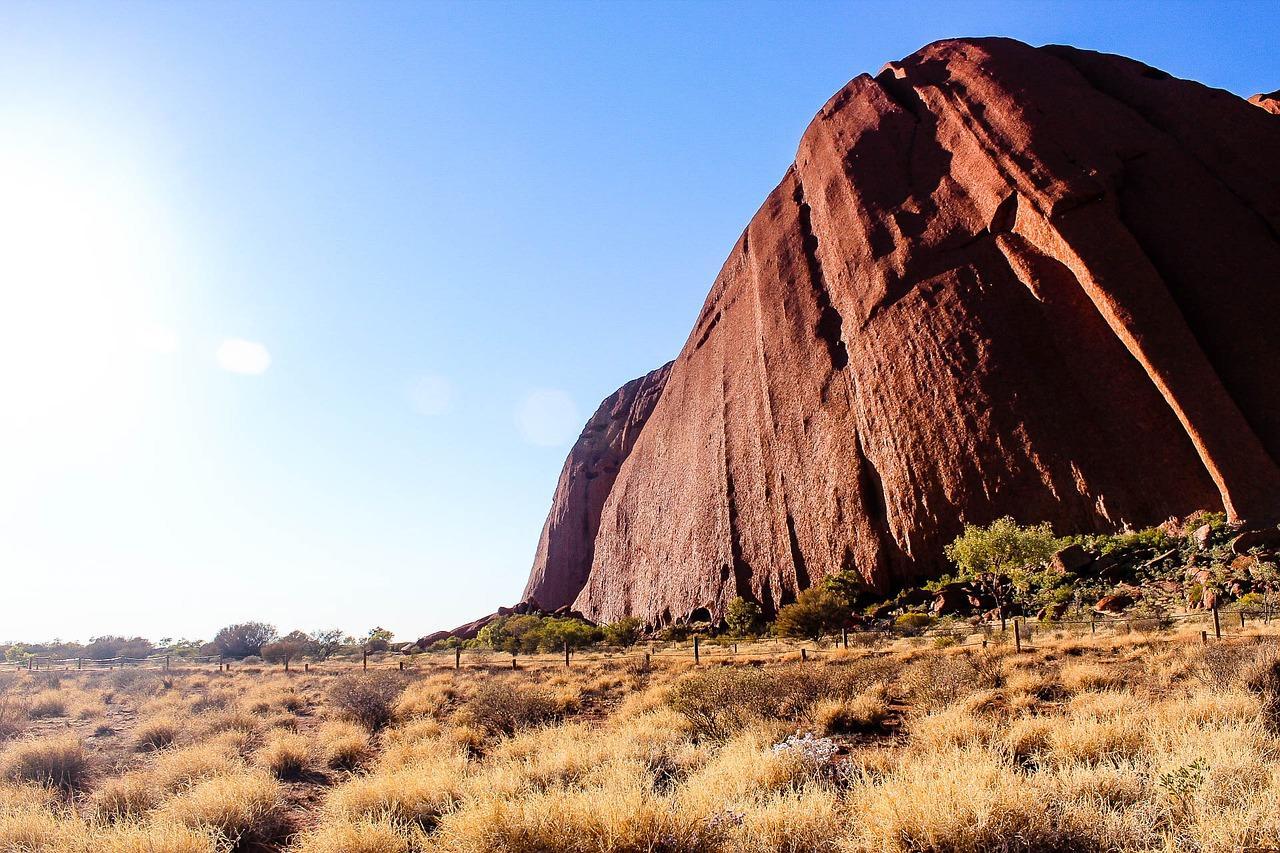
Maths Genius: The Mayan
A civilisation, that qualifies for this title, is definitely the Mayan civilisation. They developed the most complicated system of Mathematics in the Americas, at the time, which included the concept of zero, unknown to many other contemporary civilisations.
Whilst they may be regarded as having been bloodthirsty and brutal, they, nonetheless, created multifaceted societies with a clearly-defined hierarchy, as well as large cities and magnificent architecture. There is also no doubt that they made full use of available technology.
It is unfortunate that much of Mayan literature, except for a handful of books, were destroyed by the Spanish invaders. It was only in recent times (1952) that Yuri Knorosov, a Russian linguist, deciphered glyphs found on Mayan buildings, pottery and statues – which archaeologists has previously dismissed as mere elaborate doodles. Then, Tatiana Proskouriakoff, a distinguished Mayanist, found a glyph at the base of a temple which bore three dates. She realised that two of the dates, which also had accompanying symbols, related to the birth and death of the king who had been buried there.
Scholars, at that time were very relieved, since the Mayan historical treasure trove had, actually, not totally been destroyed, but was, in fact, in plain sight on every stelae, lintel and temple – it merely needed interpretation.
It is just such a great pity that so much of this society’s records and history had been destroyed. Still, all evidence points to it having been a civilisation – a great one, at that!
An Eminent Civilisation: Ancient Egypt
Ancient Egypt history – that encapsulates so much.
Thoughts of the Nile, the Pyramids, Pharaoh, mummies and tombs immediately spring to mind. Oh, and the library at Alexandria. Egypt is known for its wonderful history, going back to a time, some believe, when people migrated there from parts of central Africa. Here, the encountered, as they progressed further north, ever more verdant regions all along a river which kept growing bigger, more powerful.
As long as 5 000 years ago, numerous colonies were established along the Nile River, each one trading with its neighbours and making advances in the creation of tools. There was often also fighting between neighbouring settlements.
Egypt’s first emperor, Neme (also known as Narmer) dispatched troops to vanquish the opposition in the south, thereby uniting the two halves of Egypt.
He founded the capital city of Memphis (3 200 BC) and proclaimed himself emperor and, so, sparked the dynastic rule in Egypt, which lasted for almost 3 000 years.
The road to a developed, civilised nation was not easy and the country took many a beating, before it clawed its way back to a semblance of stability after much upheaval – political, social and military.
Some kings (pharaohs) were actually bad for the country, as they were corrupt, raiding the country’s coffers. Others were extremely pious and rejected all gods, but one. Some kings, who were too young to rule, had their mothers acting as regents until their reached a more mature age.
Ancient Egypt history – its pyramids, papyrus, its statues and paintings – are just waiting on you to discover them.
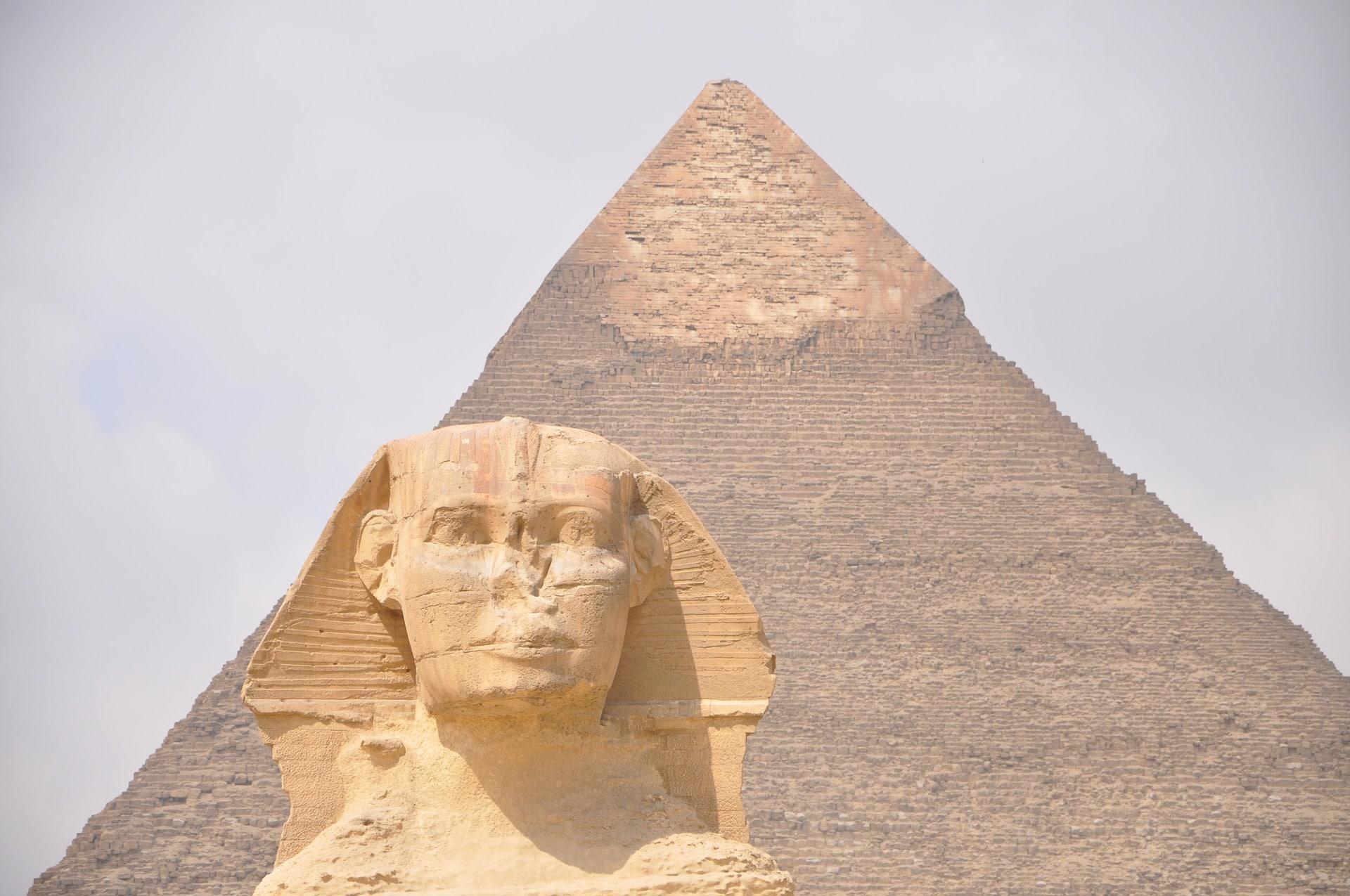
Master Agrarians: The Aztecs
The Aztecs were among the last groups of nomadic peoples to arrive in Mesoamerica, where they had to plead with the reigning king, more than once, to be granted a piece of land to settle on.
Although the parcel of land was on an island in the middle of a lake, this ingenious people soon proved the stuff they were made of, in very little time, erecting a city, replete with a royal palace, public buildings, magnificent temples, government offices, mercantile buildings and schools.
They designed ingenious solutions to their agricultural challenges – remember they only had a small island – and, because their society was very complex, they developed a sophisticated writing system to record events in their daily lives as well as official transactions.
Every Aztec – rich or poor, boy or girl – learned to read, write and do mathematics. They, then, based on the aptitude displayed, they proceeded to study history, astronomy or medicine.
The Aztecs were really a civilisation of note: they had a sophisticated social structure fortified by complex institutions, set in a large city which was home to superb architecture.
We know of this technologically advanced civilisation because of the enormous number of books or codices they left behind. These documents form a record of their lives.
It is truly remarkable that they had progressed from a nomadic people to an established civilisation in less than a century. However, it really is a pity that they are remembered merely as a bloodthirsty people who had barbaric human sacrifices.
Located around the world are six cradles of civilisation, so named because the people who lived there long ago, which set an example for how people would live in future times: in a society which had a system of laws and religious/ spiritual beliefs.
These people built splendid structures to honour their leaders and gods, created and used technology which became their legacy: large cities with the attendant infrastructure.
While each of the early societies is not necessarily a civilisation, each has contributed to the creation of a legacy which is long and rich! We’re sure that you agree!
So, if you want to learn more about ancient Egypt history, the Incas, the Aztecs, the Mayans or any other ancient civilisation, contact Superprof today!
Want to give private lessons?
Join the Superprof community and share your knowledge with inquiring and motivated students.








